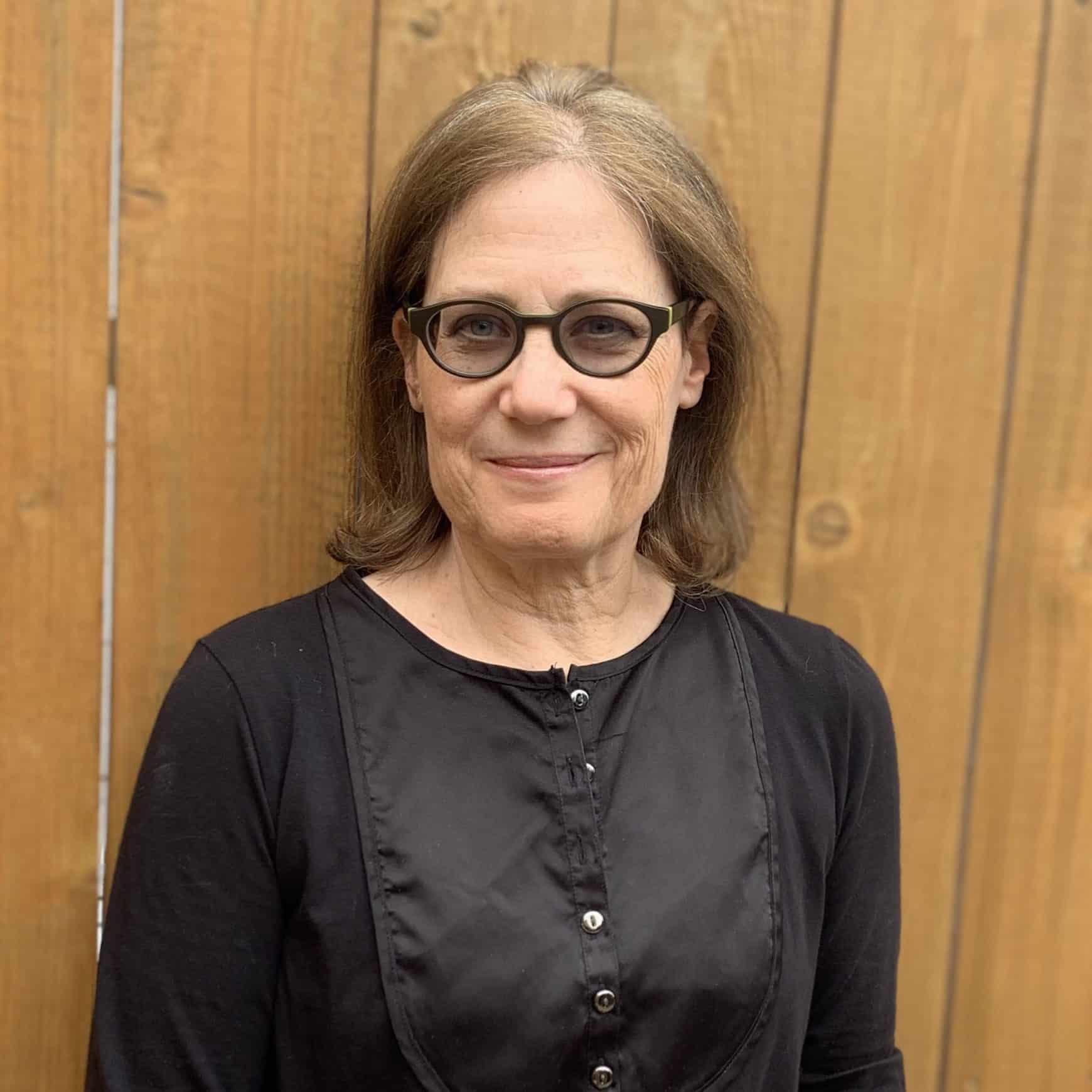Brittle bones and stooped posture may seem like an inevitable part of aging, but they are not. In fact, what you do now can protect your bones and influence your risk of osteoporosis later.
Most people don’t realize they have osteoporosis — which means “porous bone” — until they have a bone fracture. But increased awareness of osteoporosis can help prevent the condition before it develops.
Some 54 million adults age 50 and older live with the bone disease or are at risk for developing it, according to the National Osteoporosis Foundation. There are approximately 2 million osteoporosis-related fractures per year in the U.S.
But it doesn’t have to be that way. The road map for strong bones in old age actually starts at a very young age.
“We build 90% of our bones that we use for our entire life in our first 20 years, and 50% of that is in the teenage years,” says Meghan Kostyk, APRN, advanced practice nurse, nurse practitioner, and densitometrist at Ann & Robert H. Lurie Children’s Hospital of Chicago.
Dietitian Lara Field, RD, founder of FEED Nutrition Consulting in Chicago, breaks it down even further. “[Adolescence] is peak bone growth, because of puberty. We have this ability to build our bones in our youth, and that could prevent issues in the future,” she says. “Kids will need more calcium at that point than they ever will in their life.”
From ages 9 to 13, Field says, kids need 1,300 milligrams of calcium, or the equivalent of four glasses of milk, per day. Other sources of calcium include yogurt or kefir, dark green leafy vegetables, almonds, canned sardines, and canned salmon (with bones).
Not too late to build strong bones
While preventing osteoporosis begins in childhood, it’s never too late to strengthen your bones.
Start by looking at your consumption of calcium and other nutrients. Though calcium plays a crucial role in bone mass, other factors also impact your body’s use of calcium. In fact, calcium needs a partner, vitamin D, to carry out its function of making strong bones.
“Calcium is the mineral that makes bones rigid or strong, and vitamin D helps us absorb calcium in our body and then transport it to the bones,” Kostyk says.
Vitamin D primarily comes from sunlight, although it is in some foods such as egg yolks and some fatty foods. Most people get enough vitamin D from the sun, although those who live in northern climates such as Chicago might need to supplement it during the winter months, Field says.
Tips to build strong bones
To build strong bones at any age, focus on the following tips:
- Try nondairy drinks. If you don’t drink cow’s milk, try enriched soy milk, almond milk, or oat milk. But first, Field says, check the calcium level to make sure it has at least 30% of the minimum recommended daily allowance (RDA) of calcium, which is the equivalent of cow’s milk.
- Opt for yogurt. Check the label to see how much calcium is in your yogurt cup — amounts vary from 10% to 30% of the RDA. But be wary of added sugar in yogurt. Compare plain and fruit yogurt from the same brand to check how much sugar is added, Field says.
- Say cheese. Hard cheese has more calcium than soft cheese. But it might not be an ideal swap for milk, as hard cheese has less calcium and much more saturated fat than milk.
- Go green. Dark green leafy vegetables such as broccoli and kale are good sources of calcium. Cooking kale and other greens can increase the amount of calcium available for absorption.
- Smooth it over. Bring calcium into your diet by adding nutrient-rich items to smoothies, Field says. When making a smoothie, toss in chia seeds, which have calcium, fiber, and protein. Add some kale for a nutritious green smoothie.
- Be active! Even though we think of osteoporosis as a bone disease, weight-bearing exercise to strengthen both muscles and bones is important in preventing osteoporosis. “Muscles and bones work so closely together that every time you strengthen the muscle, it actually pulls and creates a tensile force on the bone, which strengthens the bone,” Kostyk says. While adults might need weight and strength training to maintain their muscle mass and help with balance, kids build muscle and bone strength through regular activity such as swimming, biking, and sports.
- Seek sunshine. Spend some time in the sun every day, but don’t forget the sunscreen. “We cannot in good conscience recommend sun exposure without sunscreen use due to the dramatic increase in skin cancer in recent decades,” Kostyk says, but a person should be able to get enough vitamin D for strong bones from about 15 to 30 minutes of sun exposure.
- Stop sabotaging. High salt intake, caffeine, alcohol, and tobacco all inhibit calcium absorption and interfere with the bone mass-building process in different ways. Limit these items as much as possible.
Starting in childhood, and continuing throughout adulthood, take steps to build strong bones now to prevent osteoporosis and painful fractures later. No matter your age, it’s never too late to start.

Ronit Rose is a freelance writer, based in Chicago. She has a special interest in health, healthcare and preventive medicine.












